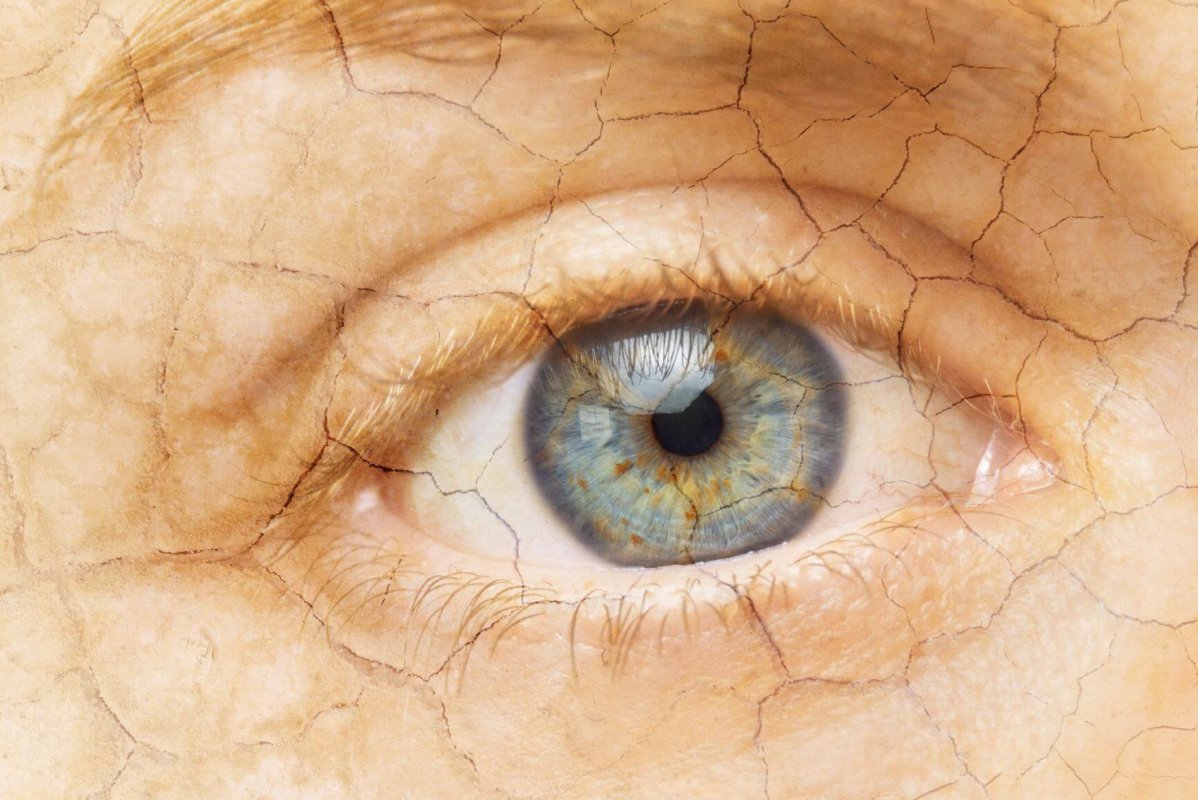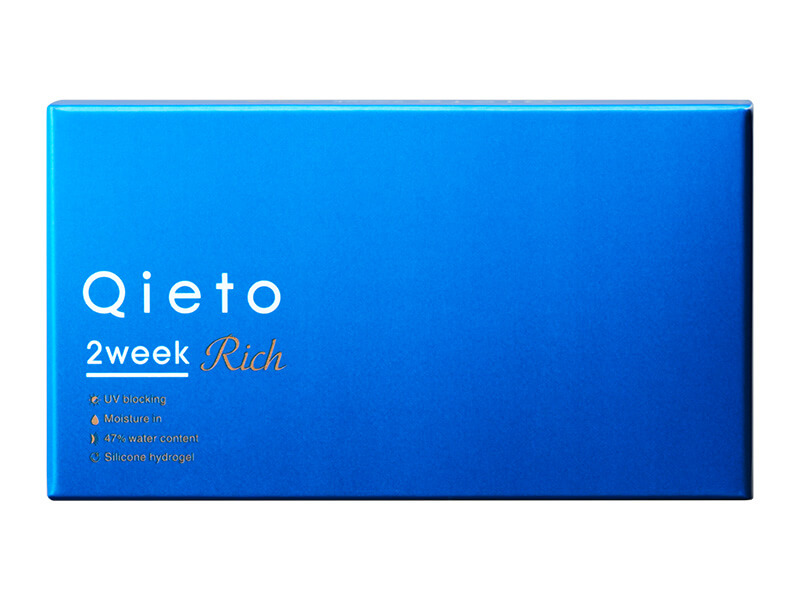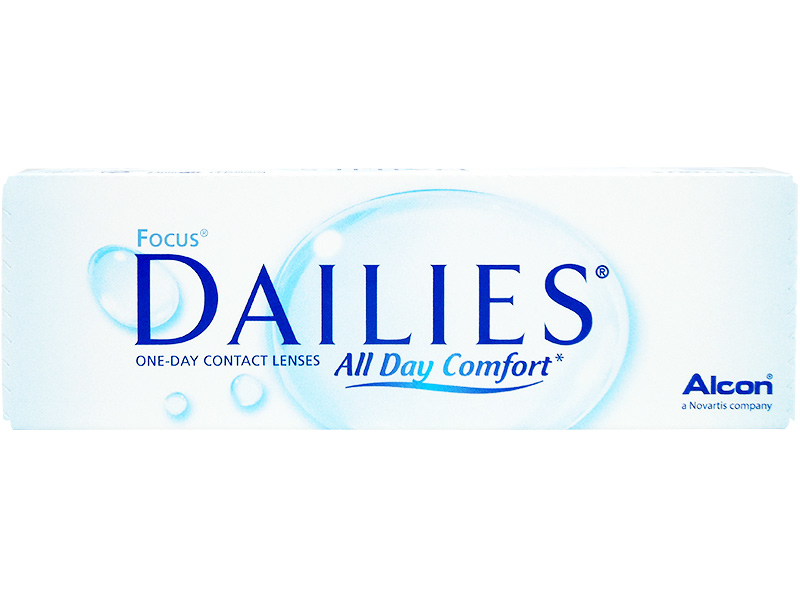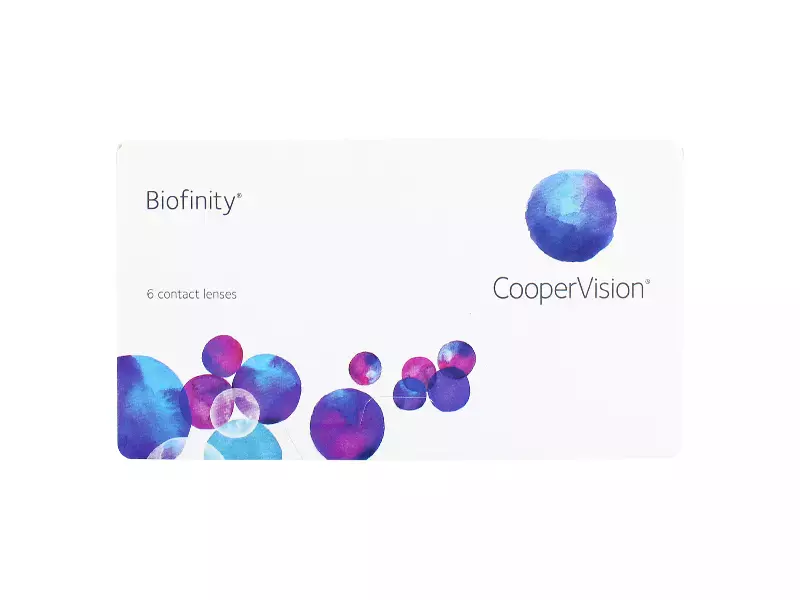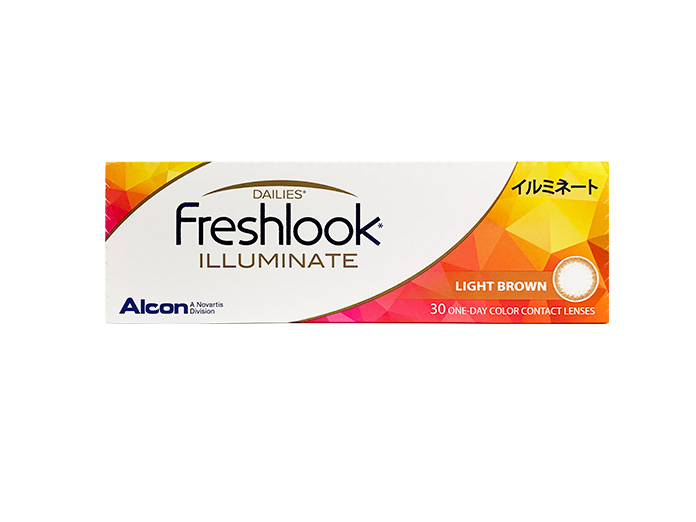Savelens Blogs
How to Alleviate Dry Eyes: Choosing the Right Contact Lenses
Dry Eyes and Contact Lenses: Causes, Symptoms, and Solutions
In today’s society, the prevalence of smartphones and computers, as well as the widespread use of convenient contact lenses, has made dry eyes a very common issue.
Even if one suspects they have dry eyes, it can be difficult to take breaks from screens and give their eyes the rest they need.
Understanding dry eyes is crucial. In this section, we will delve deeper into this topic, exploring the necessary precautions for daily life and how to protect eye health from dry eyes.
Dry Eyes: Understanding Causes and Symptoms
Dry eye is a condition characterised by symptoms such as dryness, discomfort, and potential damage to the surface of the eyes. This occurs when the quantity or quality of tears, which play a protective role for the eyes, is insufficient or altered, causing the tear film that normally covers the surface of the eyes to malfunction.
Dry Eye Causes: What to Look Out For
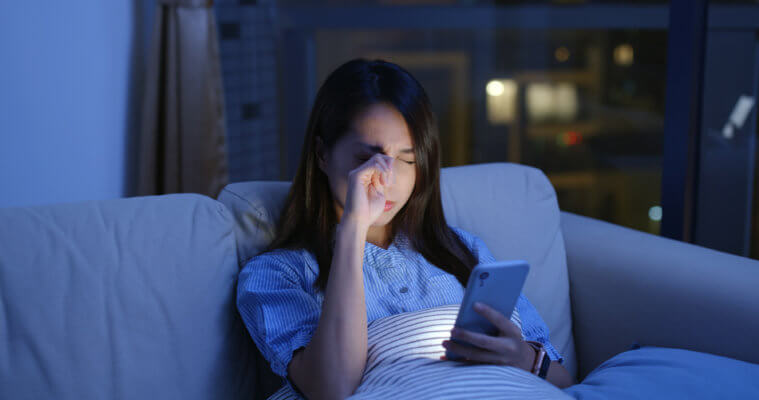
The main symptoms of dry eye include:
Dry air: Dry air can increase the evaporation of moisture from the surface of the eyes, leading to dryness, especially during winter or when using air conditioning, and in windy conditions outdoors.
Decreased blinking rate: Blinking helps distribute tears across the surface of the eyes. Reduced blinking, especially when using computers, smartphones, or watching TV, can lead to insufficient tear distribution and increased risk of dryness.
Contact lens wear: Regular use of contact lenses can disrupt the two-layer structure of tears and increase moisture evaporation, leading to dryness. Additionally, contact lenses may absorb moisture, further reducing tear distribution and increasing dryness.
Changes in tear composition and volume: Changes in the composition or reduced secretion of tears can contribute to dry eye, which can be caused by factors such as ageing, stress, lifestyle habits, autonomic nervous system dysfunction, and excessive eye use.
Dry Eye Symptoms: What to Look Out For
The main symptoms of dry eye include:
- Easy dryness of the eyes
- Easy eye fatigue
- Sensation of discomfort in the eyes
- Blurred vision
- Sensitivity to light
- Easy eye redness
- Eye pain
- Increased eye discharge
Tips for Preventing Dry Eyes: Keeping Your Eyes Moist and Healthy
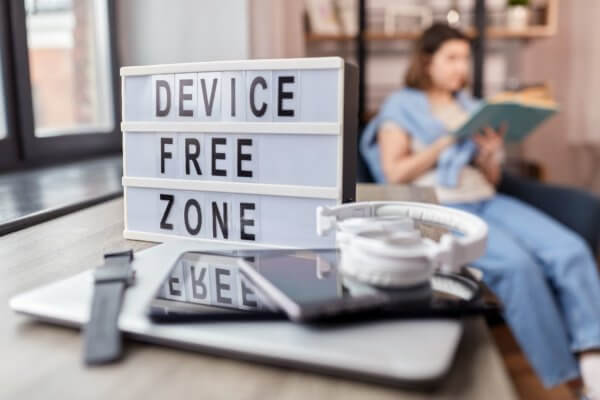
Increase conscious blinking: When using computers or smartphones, it’s common to blink less frequently, leading to decreased tear production. Make a conscious effort to blink more often to stimulate tear production and prevent your eyes from drying out.
Take regular breaks: If you spend long hours staring at screens, make a point to take breaks and rest your eyes periodically.
Avoid exposing your eyes to dry air: Winter air and the breeze from air conditioners can be extremely dry, so try to minimise exposure of your eyes to dry air whenever possible.
Use eye drops: Carry eye drops with you, especially when your eyes feel dry or when you’re in dry environments, to help protect your eyes from dryness.
(Consult an eye doctor to determine which eye drops are suitable for your specific eye condition.)
Use contact lenses designed to prevent dryness: Some contact lenses are more prone to causing dryness by evaporating moisture and absorbing tears. Opt for contact lenses designed to retain moisture and resist tear absorption to reduce the risk of dry eyes.
Choosing Contact Lenses That Minimise Dry Eye Symptoms
For dry eye sufferers, contact lenses with “low water content” or made from “silicone hydrogel material” are recommended.
Low water content lenses:
Contact lenses with water content below 50%, these lenses are less prone to soaking up tears, which helps lower the chances of experiencing dry eyes.
On the other hand, high water content lenses, with a water content of over 50%, are soft and comfortable to wear. However, they tend to evaporate moisture quickly, leading to dry eyes as the lost moisture needs to be replenished by tears.
Silicone hydrogel lenses provide both low water content and high oxygen permeability, which helps decrease eye strain by allowing enough oxygen flow. They also prevent moisture evaporation by efficiently retaining water.
To effectively address dry eyes, opt for lenses that have low moisture evaporation and great moisture compatibility. By decreasing moisture evaporation, tears won’t get absorbed by dry lenses, and with good moisture compatibility, tears will evenly cover the entire eye surface.
Popular Silicone Hydrogel Low Water Content Contact Lenses
Qieto1day Rich (30 Pack)
 AU$32.90
AU$32.90
Content : 47% water & olifilcon B (Silicone Hydrogel)
Exclusive to our group of companies! Affordable silicone hydrogel daily contact lenses that provide long-lasting moisture to the eyes through high oxygen permeability!
Dailies Total 1 (30 Pack)
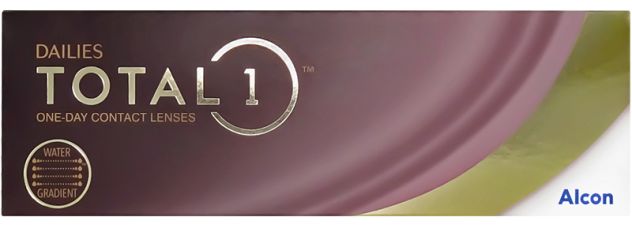
AU$46.90
Content : 33% water & 67% Delefilcon A (Silicone hydrogel)
Popular daily contact lenses in the market. The unique water gradient technology helps to reduce the sensation of dryness and discomfort that is often associated with wearing contact lenses.
Acuvue Oasys (6 Pack)
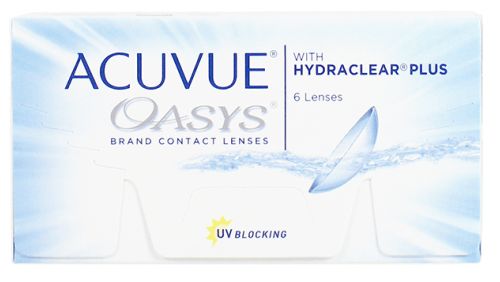 AU$36.90
AU$36.90
Content : 38% water & 62% Senofilcon A (Silicone hydrogel)
Popular fortnightly contact lens in the market.
With HYDRACLEAR PLUS Technology by Johnson & Johnson, these lenses minimise dryness and maintain moisture in the tear film.
Biofinity (6 Pack)
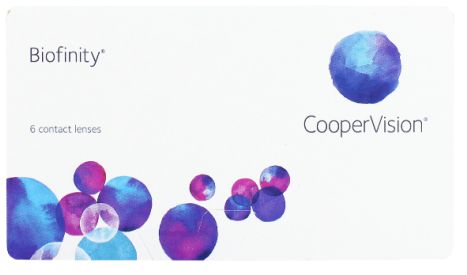 AU$56.90
AU$56.90
Content : 48% water & 52% Comfilcon A(Silicone hydrogel)
Popular monthly contact lens in the market.
CooperVision’s exclusive Aquaform technology forms a bond with water molecules for a soft and comfortable feel for exceptional lens performance.
Impressive resistance against dehydration and lens deposits and maintains lens moisture for prolonged comfort
Click here to find out all silicone hydrogel contact lenses.

Living in today’s tech-filled world has made life more convenient but has also brought about an uptick in dry eye issues. It’s crucial to integrate the advice from this article into your daily routine to safeguard your eye health.
Remember, neglecting dry eye concerns can lead to cornea and conjunctiva damage, along with other discomforts like headaches, dizziness, and neck pain. If dry eye symptoms persist, seek prompt guidance from an eye specialist.


